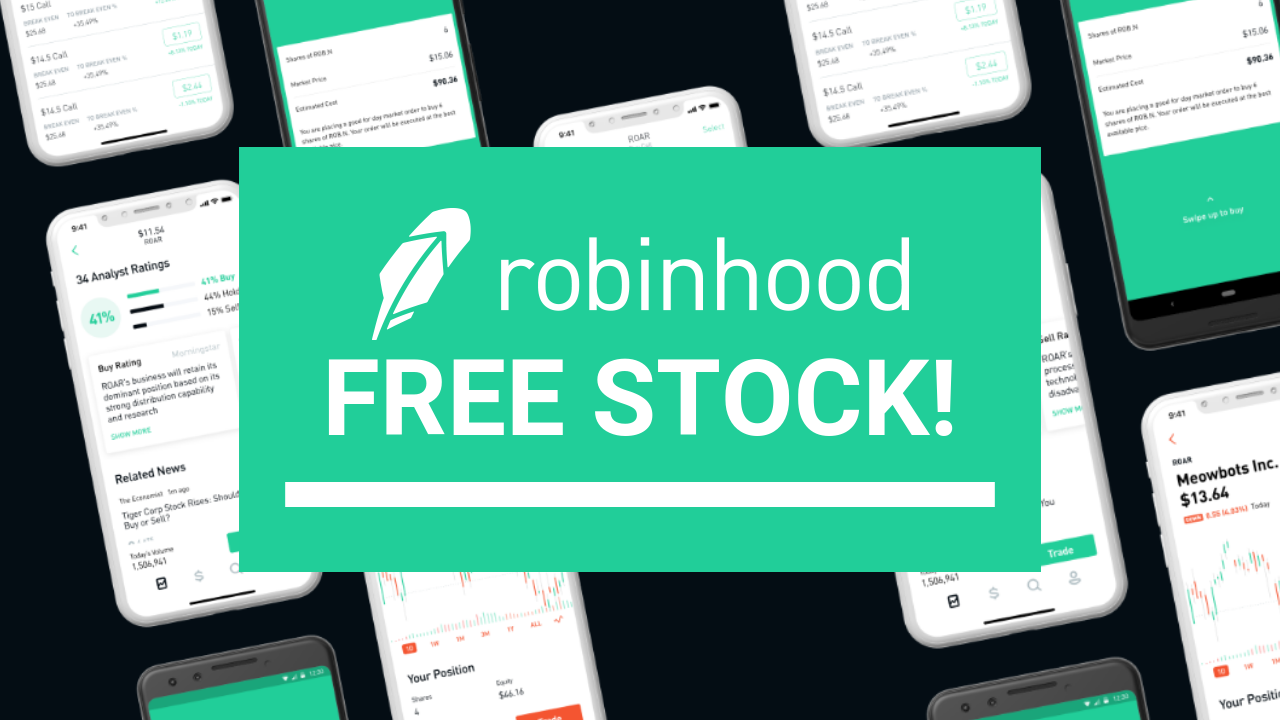Is American Higher Education In Crisis?


Jeff SelingoInfluencer
Author, COLLEGE (UN)BOUND | Columnist | Speaker
Going to college is one of the biggest investments—if not the biggest one—families will make in their lifetimes. In some circles, the pressure to get a jump-start on the college search process to get into the “right” school is intense, although half of American colleges have become less selective in the last 50 years. In other words, it’s easier to get accepted than ever before at many colleges.
There are, of course, countless guidebooks and rankings that try to help you make sense of it all, but many end up confusing students and parents even more. This confusion often works to the advantage of colleges: in the end, they know more about you than you know about them.
Last fall, only 66 percent of the high-school graduating class of 2013 enrolled in college, the lowest share of new graduates to do so since 2006, according to the U.S. Education Department. As tuition prices rise, some students are unfortunately deciding to forgo the experience. That’s fine, if it’s a short-term detour, but some kind of college credential is really the only ticket to the middle class in today’s economy.
Is American higher education in crisis? That’s the question a colleague at The Chronicle of Higher Education, Goldie Blumenstyk, tries to answer in her new book, American Higher Education in Crisis?: What Everyone Needs to Know.
I highly recommend her book as a great primer on all the questions you probably ever had about the $490 billion higher-education industry in the U.S. Indeed, it’s very reader friendly because it's set up in a Q&A format full of short nuggets. So following that lead, I asked Goldie a few questions about the major findings of her book.
My exchange with her follows.
Q. Your book raises a lot of questions about why higher education is in crisis. Everyone thinks college costs too much. Is that the biggest crisis facing American colleges and universities?
A. Certainly affordability is a huge issue—for low-income families and all but the richest of families. And of course, many of the other crises—colleges' unsustainable business models, growing stratification, which means where students go to college too-often depends on their family income, and rising doubts overall about the ROI of college—all arise out of the affordability question.
But I think it's also important to have a little perspective. We have lots of colleges in this country that are very affordable and offer a convenient entry point into higher education for a lot of students. Last year, average tuition at community colleges was about $3,000. And about half of all students at public colleges attended an institution where the in-state tuition was below $9,000 a year.
Q. All fine and good, but isn't affordability also about debt—I might not be paying the bills now, but I will be for the next decade-plus of my life. And what are my chances of transferring from those community colleges you mention or graduating in a reasonable time from those public colleges?
A. Of course, I don’t want to minimize the impact of debt. Students are borrowing more and in the current economy for many graduates now starting out in the workforce, it’s hard to find the kind of good-paying job that will allow them to pay it off.
In my book I run the numbers of what the monthly payment would be on the standard 10-year schedule for a student who graduates with the average level of debt—$29,400. It came me out to $330 a month, which according to some experts would mean they’d need an annual salary of more than $39,500 to afford the payments without some economic hardship.
Still, averages can distort the picture. The College Board says 40 percent of student debt is for balances less than $10,000 and 70 percent is for balances less than $25,000. And at least with federal student loans, borrowers do have the option of income-based repayment plans.
Your point about community colleges is spot on. For many students, they don’t do the job. Eight out of ten students start community colleges hoping to eventually get a bachelor's degree, but only about 17 percent do so within six years.
Eight out of ten students start community colleges hoping to eventually get a bachelor's degree, but only about 17 percent do so within six years.
But let’s also remember that states are now asking those colleges to do an awful lot of the heavy lifting in education, but they’re not ponying up the resources the colleges need. Community colleges are open-access institutions and about half of their students enter unable to do college level work. That’s a failure of our K-12 system that we’re asking community colleges to fix. They don’t always succeed. Studies show that many remedial classes are just “dead ends” for students. On the other hand, there are efforts underway to modernize remedial education. And even more promising, community colleges are getting better at creating pathway programs that allow for automatic transfer to four-year colleges.
Q. We know a college degree is worth it in today's economy, but how do I know if the institution I eventually choose is a good deal to get me my best ROI? Will I learn? Will my degree from that institution be valued in the job market?
A. There’s a lot of information out there about colleges but, unfortunately, precious little of it will tell you that. We’ve got “higher report cards” galore coming at us—from states, university systems, and from higher ed groups. These track things like graduation rates, whether students are returning semester to semester, and debt levels of graduates. But for the most part they are an inadequate proxy for what’s harder to measure—student learning.
Of course there are also the commercial college guides, but for the most part, they measure colleges’ prestige and their admissions selectivity. There are some rankings by magazines and other organizations that aim to show how particular colleges and even some degree programs pay off in the market—an organization called College Measures, for example. There’s even talk that the Obama Administration might try to do something like that with its new college rating system.
Some colleges are pushing back against this approach. For one, they argue that you can’t measure the value of a college degree over the short period of time that these rankings look at. Some also argue that the value of college shouldn’t be judged by a salary or even by whether it gets you a first or second job. But colleges may ultimately lose that argument.
Q. So my two girls will graduate
from high school late next decade. We just came off a boom in
high-school graduates, but I noticed they were born in low-birth years.
Are there enough students to keep all these colleges in business? Does
that mean my two daughters will have a easier time getting into college?
A.
Your daughters would probably have a slightly easier time getting into
college if they were a little older and applying to college between now
and 2023. Since 2011, the number of high-school graduates has been
falling. But by the time your daughters are ready for college,
demographers say those numbers of high school graduates will again be
well into the upswing.
Since 2011, the number of high-school graduates has been falling.
The decline in high-school grads now could spell trouble for some colleges, particularly small private ones. That's especially true if they're the kinds of colleges that haven't developed a distinct niche, or if they draw students primarily from their own region and are located in parts of the country like the Midwest and Northeast, where the population isn't growing.
Still, as I write in the book, it's hard to kill a college. For the past couple of years, hundreds of small private colleges, and even regional public colleges either haven't made their class or haven't met their tuition revenue projections because they've upped their "tuition discounting." Even with all that though, they're managing. As I was finished up the book, I also began to hear a bit more about merger activity. That's something that many colleges resisted before but I suspect we will be seeing more mergers and collaborative academic programs in the next few years.
Q. So is higher education broken?
A. Well, I’m a kayaker, so I’ll go with the analogy I use in my book: It’s in the thick of the currents.
Higher education faces a ton of issues. Colleges’ revenue streams are constrained because state funding isn’t keeping up with enrollment growth and families are becoming more unwilling, or in many cases, more unable, to pay their price. Their reputations are suffering. And we haven’t even begun to talk about the national implications of the racial and economic stratification that has resulted in a disproportionate share of low-income and minority students concentrated at for-profit colleges and community colleges-where the outcomes aren’t always so great—and an equally disproportionate number of white and upper-income student at more selective four-year colleges.
At the same time, I don’t buy the “end of college” argument. There’s too much happening that shows that at least some colleges do “get it”—that they’ll have to start taking on some of the problems of their own making. Also, I think some of the pressure from the so-called accountability movement is pushing colleges in the right direction. It’s got some of them paying attention to graduation rates, and costs per degree, and perhaps most important of all, to whether students are really learning something and having meaningful experiences. The question is, how many of them will?
Jeffrey Selingo is author of two books on higher education, the 2014 MOOC U: Who Is Getting the Most Out of Online Education and Why ($2.99 at Amazon, Barnes & Noble, and iTunes) and the 2013 College (Un)Bound: The Future of Higher Education and What It Means for Students, a New York Times best selling education book. His writing appears in The Chronicle of Higher Education, The New York Times, and The Huffington Post, and he is a professor of practice at Arizona State University.
Follow him here by clicking the FOLLOW button above, on Twitter @jselingo, and sign up for free newsletters about the future of higher education at jeffselingo.com.
In : 848FINACE
Tags: is american higher education in crisis?

























